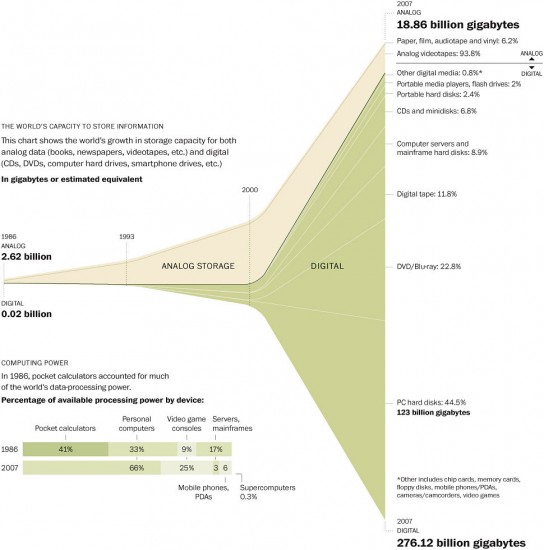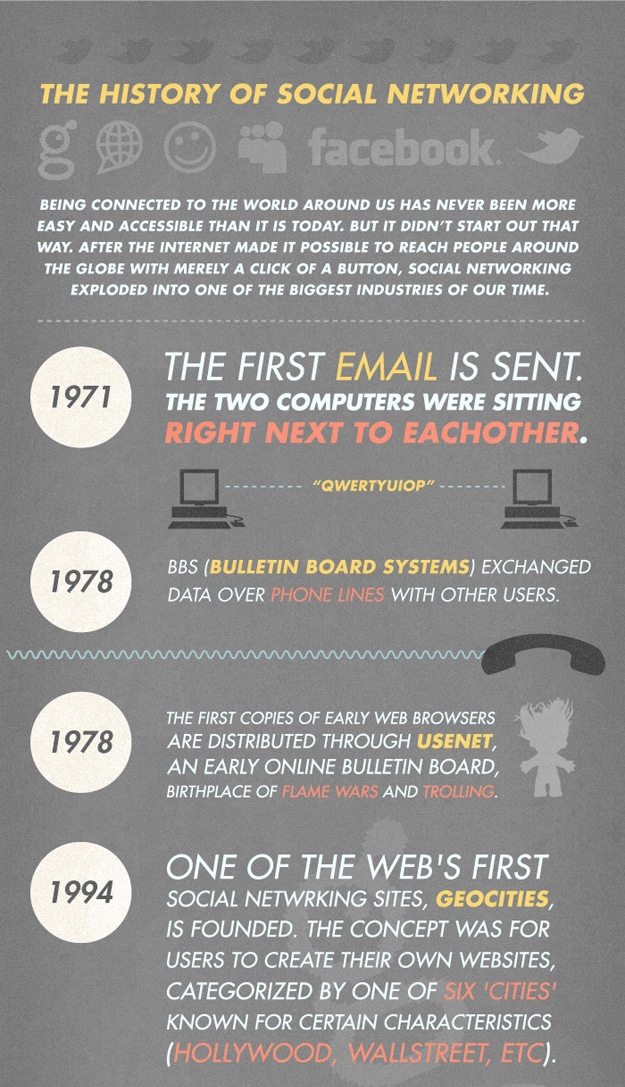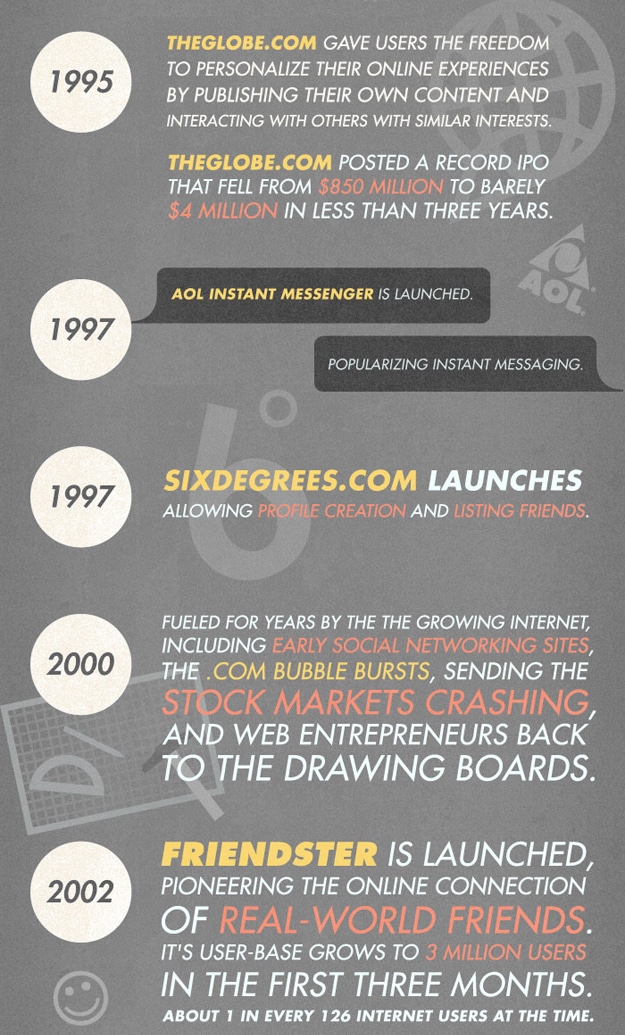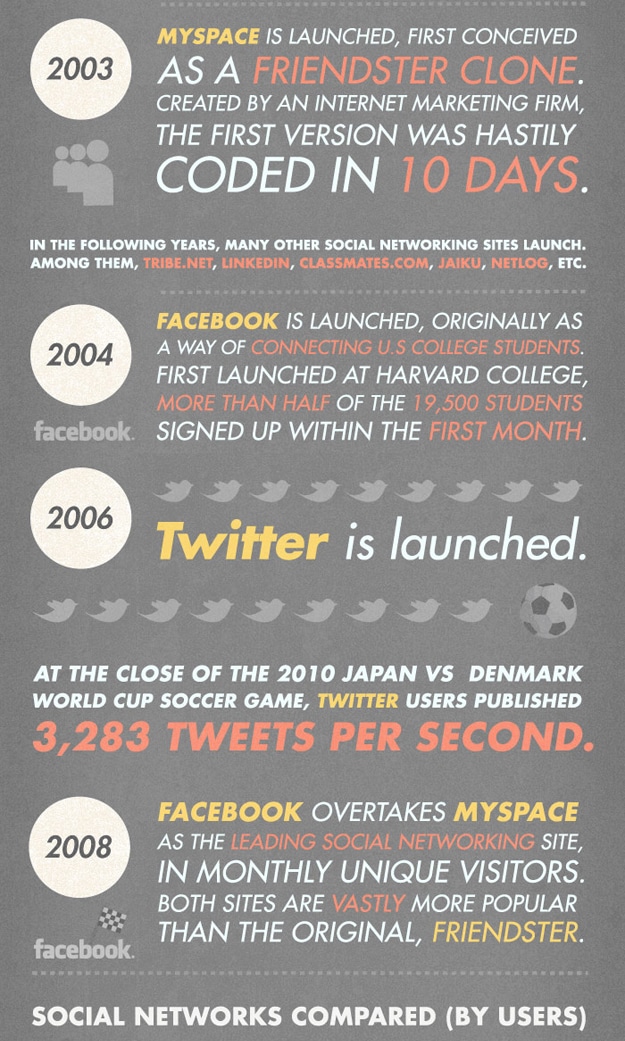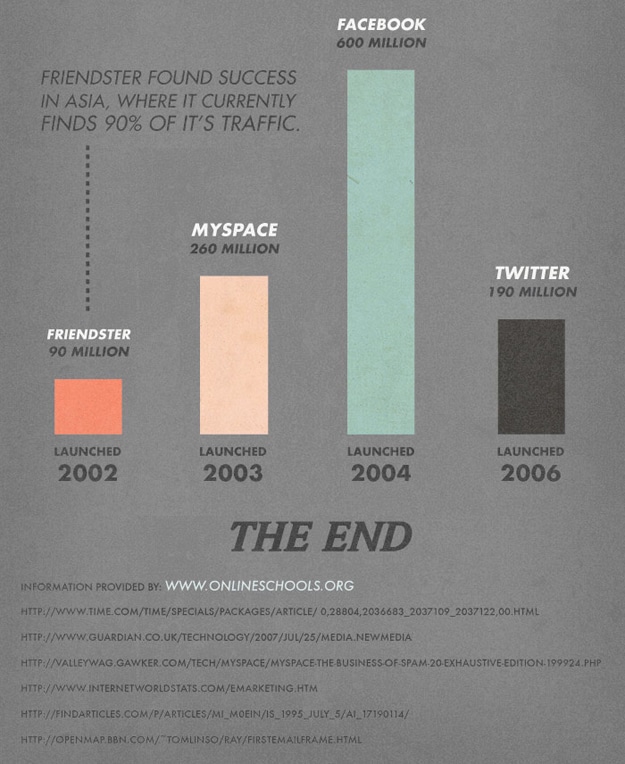Facebook Pages Upgrade to Business Class
This content from: Duct Tape Marketing
Yesterday Facebook rolled out what amounts to one of the biggest overhauls of the pages offering ever. I for one think the update is a major upgrade for businesses and brands using pages, but I know that app makers, custom page designers and people that have been using their personal page for business use are scrambling today.

The new Facebook Pages look
You can find more about the upgrade for Facebook pages here. While all pages will be automatically upgraded by March 1st, page admins need to activate the upgrade as it is rolling out across the network. You can see the status of your pages here.
You might also want to grab the Pages Manual put out by Facebook.
The overarching change in my mind is what feels like a move to separate the business and personal profiles. While you still need to have a personal profile to create pages the two are no longer linked in the way that used to be. (More on that)
From an aesthetics point of view, I think the page looks cleaner as well.
And now for some of the most important feature updates.
iframe Tabs for pages
While most of the coverage and whining about the pages change will focus on the design, the most significant change may be the fact that developers can now create tabs using iframe instead of the Static FBML app or FBML code. (Although since the tabs moved to the left sidebar they aren’t really tabs anymore.)
There will be a ton of scrambling over this in the FB developer world as iframe allows for a great deal of flexibility for delivering content from your own pages and blogs as it basically goes out and grabs content designated in the frame. Most people may be familiar with this kind of code from embedding a YouTube video. It will also allow for things like lead capture and display of dynamic content without having to fumble around with all of Facebook’s mark-up.
It will however take a little bit of learning for the casual do it yourselfer, but I suspect services such as Faceit Pages or ShortStack to jump all over this. (More on this to come)
To get started you enable iframes by editing the Facebook Integration settings on the Developer App

Facebook further claims they are depreciating the FBML language and the static FBML app will go away in March, but all existing FBML will continue to work. Pretty big bummer for those folks that have written lots of FBML apps. (I would also go add a couple installations of the Static FBML app before March 10th to cover your bases as who knows what will happen down the road and you won’t be able to add it after that date.)
There are restrictions to iframe use and Facebook made some significant changes to Platform Policies, so make sure you understand these restrictions.
Look and feel
Tabs (or do we call them apps since they aren’t really tabs anymore) have moved from the top of the page to the left sidebar. This seems to be causing some of the loudest objections, but I think it’s just a matter of getting used to it and I prefer it.
- The photo stream has move to the top in the ribbon fashion that was added to personal pages a few months ago. Again, I think I like this look and it certainly makes images a prominent feature. It appears that the default images are the covers for albums.
- Page admins can now be publicly displayed on the page by selecting edit info > featured.
- The profile picture size for Pages has been adjusted from 200 x 600 to 180 x 540.
- The editing function is much more logical and housed in one place rather than hidden under several rocks as before.
Operation
One of the biggest business changes is the fact that you can use Facebook as a Page admin instead of just as your personal profile. So if I like another page I can choose to comment there as Duct Tape Marketing or as John Jantsch. If you admin several pages you can select who you want to comment as. I think this has major implications for brands. You can flip back and forth and choose your identity through the Account tab in the upper right corner.

You can now use your Page identity to interact with other pages
One point that has a lot of folks up in arms is that the wall posts are no longer served in chronological order. Under the everyone tab posts are being served up in a what Facebook calls “relevant†manner. Not sure about this one sticking around as Facebook is now using some algorithm to determine which posts go to the top and my guess is some page admins aren’t going to like the fact that they don’t control the order of the content on the Wall.
- You can now choose in permissions > settings to get email (or sms) notifications when someone comments or posts on your wall or any of about 100 other things.
- You can prefilter profanity by selected a setting in manage permissions.
- You can choose up to five featured “likes†(other pages) to keep in rotation on your page.
As is often the case with Facebook changes some will stick, some will go, and some will evolve, but on the whole, I Like!




